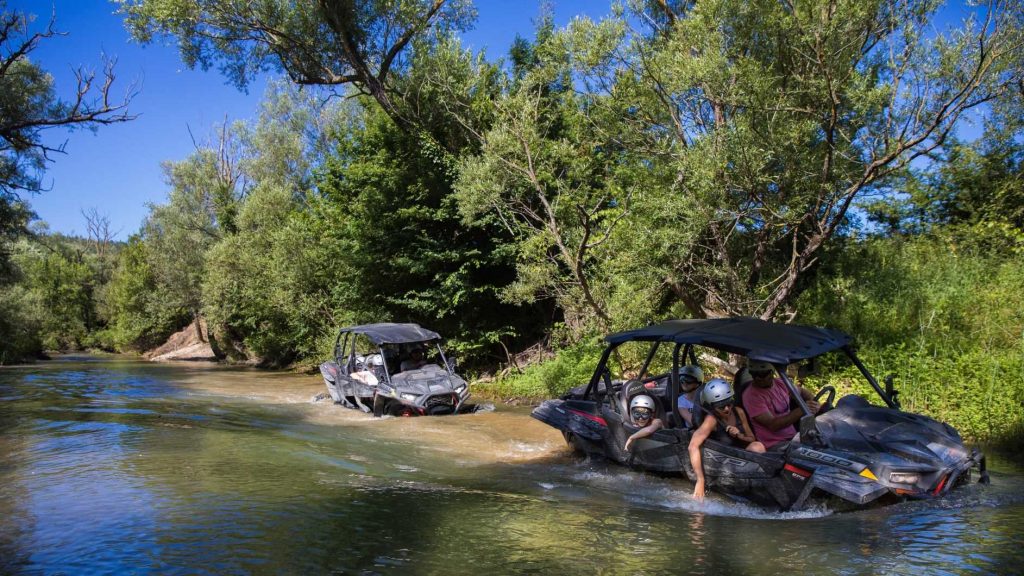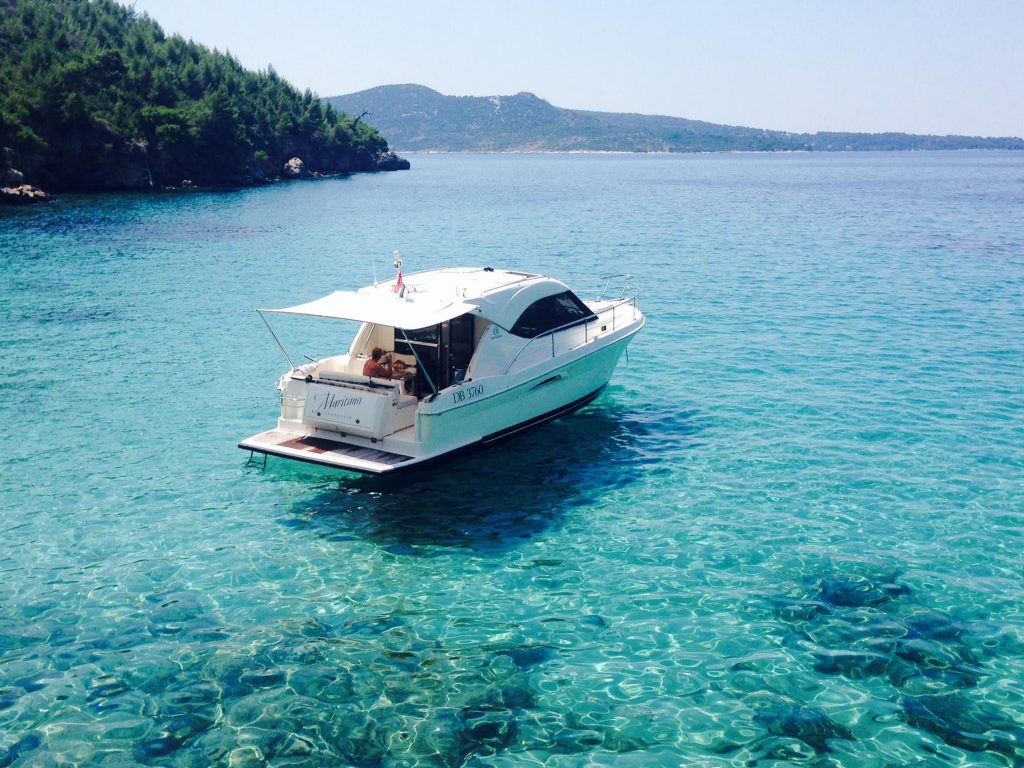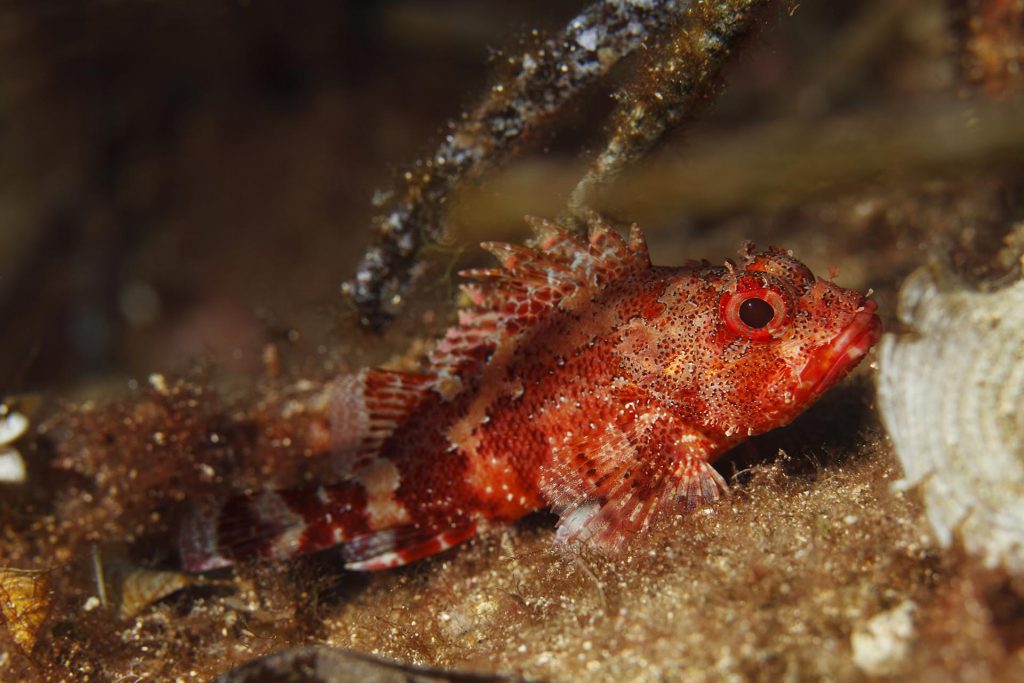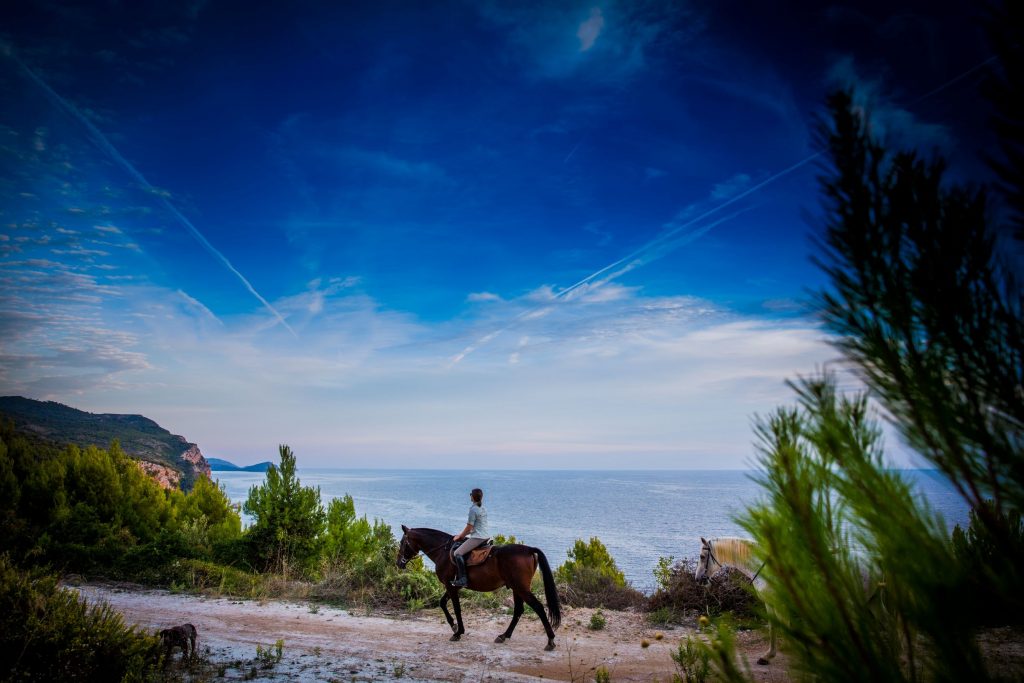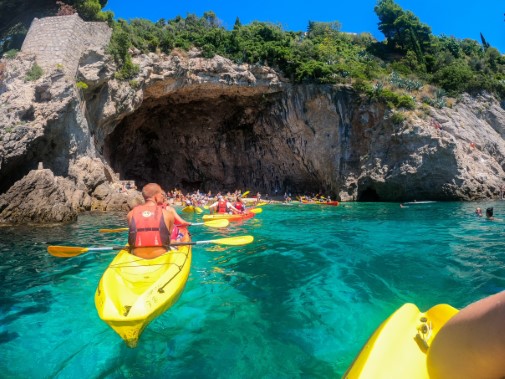Diving
Are you searching for a unique diving experience? The Dubrovnik Riviera offers just that: spectacular diving in unforgettable natural beauty – in the heart of Europe! Where else can you enjoy in the wealth of sea life, dive through caves, see the underwater walls and enjoy the beauty of the best preserved fortified medieval city in Europe all in the same day?
The Dubrovnik Riviera ensures truly exciting dive sites for each diver. We must emphasize the “museum on the sea floor” near Cavtat, which is the largest amphora site in the Adriatic and one of the ten largest in the Mediterranean. This was the site where a ship carrying a cargo of 50,000 litres of oil from a northern African port sank in ancient times (3rd century B.C.). The site has undergone conservation with the assistance of the Croatian Ministry of Culture, and has been fenced in by a metal cage. Over a thousand amphorae are visible over an area of 200 m2 and under these, the remnants of the sunken ship are visible, as are many sea inhabitants who have found their own protected habitat.
This find, considering the fact that it is at only 30m depth, is also accessible to amateur divers. It can be visited in an organized tour and with the official guidance of members of the ‘Epidaurum’ diving club. Other dive clubs and their expert divers are available to those in love with underwater beauty.
Dubrovnik Dive Club,
Ivana Zajca 35,
Tel/Fax: +385-(0)20/435-737,
Mobile: +385-(0)98/427-963.
You must show your passport, diving certification (obtained either in Croatia or abroad) and pay a tax of 100 kuna.
Epidaurum Dive Centre in Cavtat,
(located in Hotel Epidaurus),
Tel: +385-(0)20/471-444,
Mobile: +385-(0)98/427-550
Neretva Club of Underwater Activities and Sport Fishing in Metkovic,
Mostarska bb,
Tel: +385-(0)20/681-766,
Mobile: +385-(0)98/244-319.
Permits are valid for one year. With the permit, divers will also receive a list of prohibited dive sites. For tank filling, please contact one of the local dive clubs.
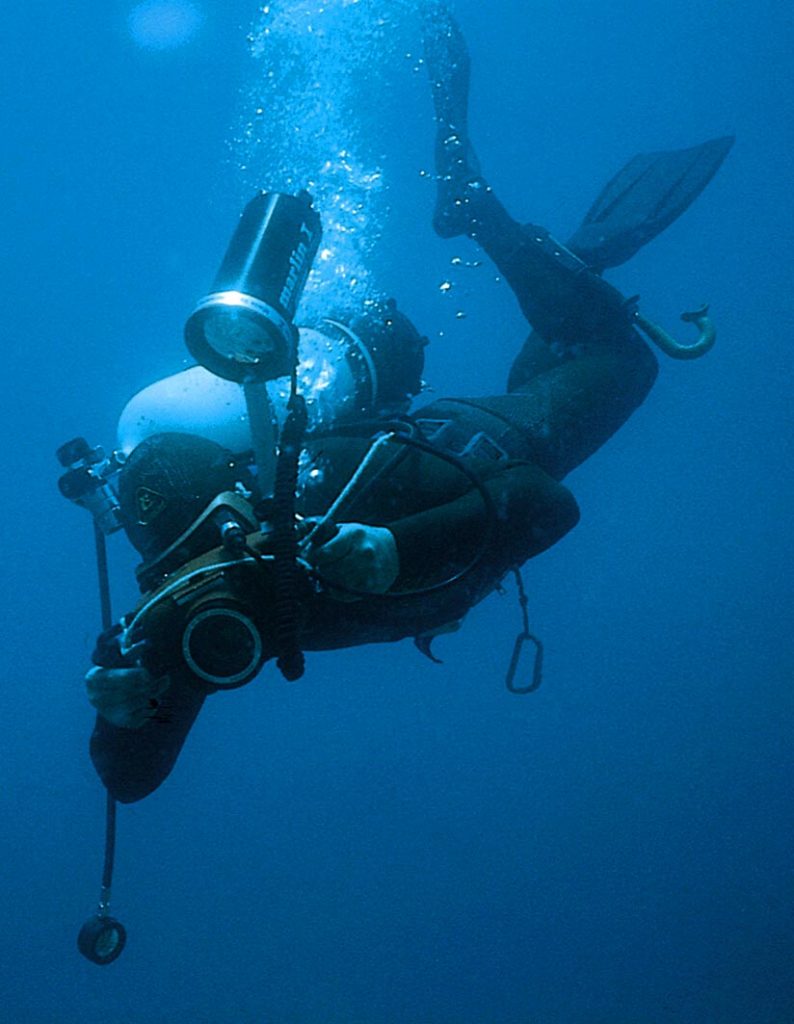 Diving in Cavtat
Diving in Cavtat
The underwater world of Cavtat is very attractive for diving activities. The nearby islands of Mrkan, Bobara and Supetar, along with several ancient of the largest and most attractive sites in the Adriatic offer extraordinary sights.
They are extremely valuable sites with over 1800 amphorae and pithoi, which originate from the first century BC and the 1st and 2nd century AD. In addition to that, Cavtat’s seabed abounds in beautiful underwater walls that reach up to 100 feet of depth, with underwater caves and sunken ships from ancient as well as recent times to amaze visitors.
Diving center EPIDAURUM
Šetalište Žal
20210 CAVTAT
Mobile: +385 98 427 550
Phone/Fax: +385 20 471 386
Web: www.epidaurum.com
E-mail: epidaurum@du.t-com.hr
Diving club KONAVLE
Trumbićev put 2
20210 CAVTAT
Mobile: +385 91 4478 774
Phone/Fax: +385 20 478 774
E-mail: perisa@gabriel-diving.com
Diving center MOLUNAT-PREVLAKA
Molunat
20218 PLOČICE
Mobile: +385 98 1722 771
Phone/Fax: +385 20 794 352
Web: www.molunat-prevlaka.netfirms.com
E-mail: bernard.zalokar@du.t-com.hr
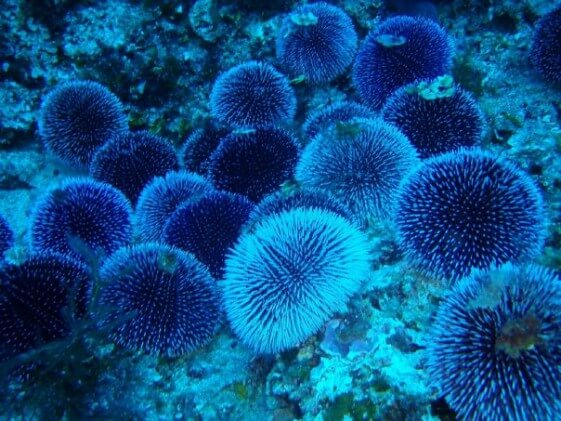 Diving in Lastovo
Diving in Lastovo
Underwater diving will reveal the undiscovered world and beauty of the Adriatic sea. Diving in crystal blue water of Lastovo archipelago and discovering the enchanting, rich submarine world and the finest underwater beauty will bring you many fantastic memories. Seeing corals, algae, fish and shell fish, old boat wrecks and amphora will give you a great pleasure. Numerous bays, cliffs and an island group called Lastovnjaci on the eastern side are a real submarine “heaven” for divers. If you want to learn to dive, the island offers two diving schools. Diving is allowed only if you are accompanied by a diving guide from an authorized diving centre. On the island authorization have diving centers: “Ancora” in Zaklopatica and “Diving Paradise – Lastovo” in Pasadur.
Some of the special locations for diving are:
– islet Bijelac – underwater passage through the island,
– islet Tajan – underwater cave,
– cape Struga – vast walls of gorgonias reaching even 80 meters of depth.
Photo gallery by Boris Dmitrovic – “Diving Paradise – Lastovo”
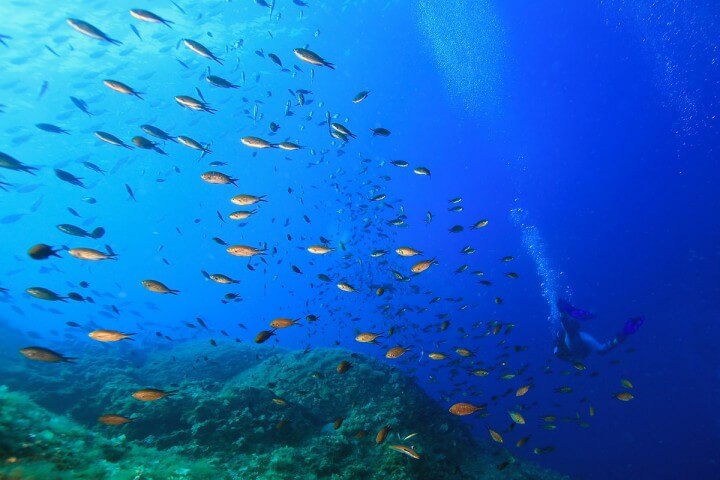 Diving in Mljet
Diving in Mljet
Jacques Cousteau, a famous oceanologist and deep sea explorer, was particularlly impressed with Mljet’s rich underwater world.
Leaving the island, he was sure to comment Mljet as one of the best diving destinations in the world!
Diving Center DC Aquatica Pomena:
mob: + 385 (0) 98 479 916
e-mail: info@aquatica-mljet.hr
web: www.aquatica-mljet.hr
Diving Locations:
– Goli Rat
– Vranji Škoj
– Lenga
– Greben Štit
– Odisejeva špilja
- Diving in Cavtat
-
 Diving in Cavtat
Diving in CavtatThe underwater world of Cavtat is very attractive for diving activities. The nearby islands of Mrkan, Bobara and Supetar, along with several ancient of the largest and most attractive sites in the Adriatic offer extraordinary sights.
They are extremely valuable sites with over 1800 amphorae and pithoi, which originate from the first century BC and the 1st and 2nd century AD. In addition to that, Cavtat’s seabed abounds in beautiful underwater walls that reach up to 100 feet of depth, with underwater caves and sunken ships from ancient as well as recent times to amaze visitors.
Diving center EPIDAURUM
Šetalište Žal
20210 CAVTAT
Mobile: +385 98 427 550
Phone/Fax: +385 20 471 386
Web: www.epidaurum.com
E-mail: epidaurum@du.t-com.hrDiving club KONAVLE
Trumbićev put 2
20210 CAVTAT
Mobile: +385 91 4478 774
Phone/Fax: +385 20 478 774
E-mail: perisa@gabriel-diving.comDiving center MOLUNAT-PREVLAKA
Molunat
20218 PLOČICE
Mobile: +385 98 1722 771
Phone/Fax: +385 20 794 352
Web: www.molunat-prevlaka.netfirms.com
E-mail: bernard.zalokar@du.t-com.hr - Diving in Lastovo
-
 Diving in Lastovo
Diving in LastovoUnderwater diving will reveal the undiscovered world and beauty of the Adriatic sea. Diving in crystal blue water of Lastovo archipelago and discovering the enchanting, rich submarine world and the finest underwater beauty will bring you many fantastic memories. Seeing corals, algae, fish and shell fish, old boat wrecks and amphora will give you a great pleasure. Numerous bays, cliffs and an island group called Lastovnjaci on the eastern side are a real submarine “heaven” for divers. If you want to learn to dive, the island offers two diving schools. Diving is allowed only if you are accompanied by a diving guide from an authorized diving centre. On the island authorization have diving centers: “Ancora” in Zaklopatica and “Diving Paradise – Lastovo” in Pasadur.
Some of the special locations for diving are:
– islet Bijelac – underwater passage through the island,
– islet Tajan – underwater cave,
– cape Struga – vast walls of gorgonias reaching even 80 meters of depth.Photo gallery by Boris Dmitrovic – “Diving Paradise – Lastovo”
- Diving in Mljet
-
 Diving in MljetMljet is rich in marine biology which can be seen in the exceptional dive sites, underwater caves and coral reefs. A large collection of amphora found underwater show that Mljet is situated on an important maritime route of ancient Greek galleys and sailing through the Adriatic. The crystal clear sea only further enhances the experience of exciting day and night dives into the big blue.
Diving in MljetMljet is rich in marine biology which can be seen in the exceptional dive sites, underwater caves and coral reefs. A large collection of amphora found underwater show that Mljet is situated on an important maritime route of ancient Greek galleys and sailing through the Adriatic. The crystal clear sea only further enhances the experience of exciting day and night dives into the big blue.Jacques Cousteau, a famous oceanologist and deep sea explorer, was particularlly impressed with Mljet’s rich underwater world.
Leaving the island, he was sure to comment Mljet as one of the best diving destinations in the world!
Diving Center DC Aquatica Pomena:
mob: + 385 (0) 98 479 916
e-mail: info@aquatica-mljet.hr
web: www.aquatica-mljet.hrDiving Locations:
– Goli Rat
– Vranji Škoj
– Lenga
– Greben Štit
– Odisejeva špilja








